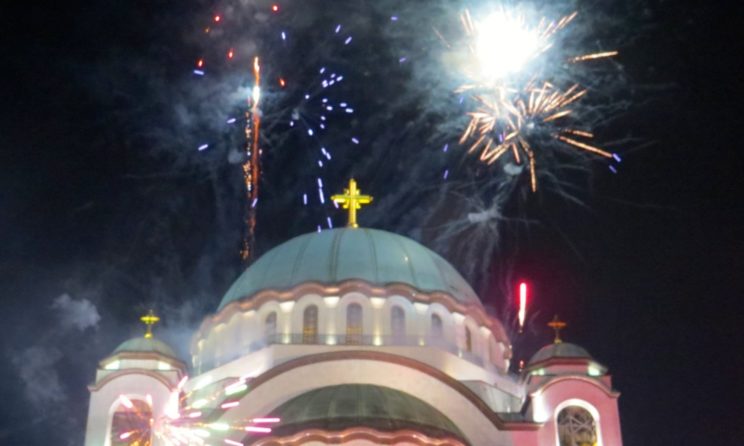
The celebration of the new year is coming to an end for us. But for those who follow the Julian calendar are yet waiting for the celebration to start. According to the Julian Calendar, the old new year will fall on 14th January. The Julian calendar pre dates the Gregorian Calendar. Many countries celebrate the orthodox new year on an old day. In India, people celebrate the day as the day of Makar Sankranti. The main significance behind this is that the sun changes its direction after completing its round. The direction changes to the north. The day is a very traditional day for Indians.
This is known as an orthodox new year because it is since a very long time. Earlier people in Russia used to follow the Julian calendar. This Calender is still used in the older churches for the jurisdiction. Eastern Europe also uses it for the justice of the churches. The orthodox churches liturgical year actually begins in September. The people who observe their new year on January 14 will celebrate its full enthusiasm. They will celebrate it as a reflection of their previous year departure and take up new year resolutions. Many people celebrate this day with their friends and family. Some Orthodox churches hold party and dinner for the day. Those who believe attend the parties and pray for the year ahead. They also hope for the consciences and pleasure in the year. Some churches host gala dinner to raise funds for the charitable causes or church building restorations. Here are some interesting facts about the orthodox new year.
Orthodox New Year Facts-
1. Russian Orthodox Churches in the United States hold church services often with festive dinner. And also dancing to celebrate the holiday. The traditional dishes include meat dumplings, beet salad, pickled mushrooms, tomatoes, and also cucumbers along with vodka.
2. The orthodox new year do not have a federal public holiday. It a religious day and the holiday depends upon the people who celebrate it.
3. The orthodox new year is not static in the calendar. The day falls on different days in the year. For example, the orthodox new year comes on 14th January between 1901 and 2100. But will again move in time if the Julian Calendar is used again.
4.Eastern European art mentions and symbolizes the orthodox new year including Russian art and literary works. For example, the playwright orthodox new year was written by Mikhail Roschin was featured in the theatres.
5. The holiday in Macedonia is known as the old new year or Vasilica. Late on January 14, people gather outside their houses, in the center of their neighborhood. They start the huge bonfire and drink and eat together. They sing the traditional Macedonian music together. For those who live in their homes are to eat pita with a coin inside traditionally.
6. Macedonians around the world also celebrate the holiday, especially in Australia, Canada and the United States where the Macedonian Orthodox Church has adherents.
6. The tradition of the Old New Year has been kept in Palestine, Armenia, Jordan, Belarus, Uzbekistan, Georgia, Bosnia and Herzegovina (mostly in Republika Srpska), Azerbaijan, Kazakhstan, Moldova, Montenegro, Ukraine (Malanka), Switzerland (as alter Silvester)and Wales (as Hen Galan). In Scotland, the Old New Year has traditionally been held on 12 January.






